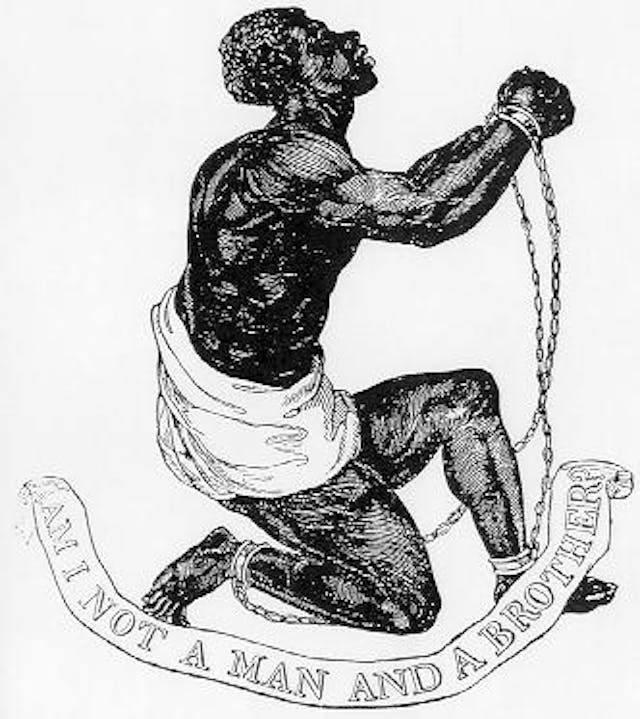
Baby booms celebrated at California fire department and Chicago medical network
Nancy Flanders
·
Analysis·By Kristi Burton Brown
3 reasons why Roe v. Wade will fall, despite past Supreme Court decisions
Stare decisis — a Latin phrase which means “stand decided” in English — is a focal point of current discussions on Roe v. Wade. The Hill calls it “the buzzword at center of Supreme Court clash.” Stare decisis is the basis for what many Americans know as court precedent. Generally, when the U.S. Supreme Court has ruled on a case — even if it did so decades ago — the precedent will be followed by lower courts and even the highest court itself. Stare decisis means the Court has spoken. The issue will “stand decided.” However…
1. To “stand decided” doesn’t mean it can’t be — or hasn’t been — reversed.
It is a false impression to believe that, because of the doctrine of stare decisis, the U.S. Supreme Court rarely overturns its own decisions. In my senior seminar paper in law school, I wrote how the doctrine should be evaluated:
The doctrine of stare decisis, although compelling, is not completely inflexible. In fact, the U.S. Supreme Court has most often overturned its own decisions in constitutional cases. Justice Brandeis wrote, “Stare decisis is usually the wise policy… But in cases involving the Federal Constitution… this Court has often overruled its earlier decisions…. This is strikingly true of cases under the due process clause.”
In its history [as of 2009], the U.S Supreme Court has expressly reversed itself in 152 decisions, in whole or in part… The Court explained, “[W]hen convinced of former error, this Court has never felt constrained to follow precedent. In constitutional questions, where correction depends upon amendment, and not upon legislative action, this Court throughout its history has freely exercised its power to reexamine the basis of its constitutional decisions.”
Of course, those who opine, theorize, and write of stare decisis right now have a single case on their minds: Roe v. Wade.
Will a remodeled Supreme Court see Roe as settled precedent or will it see an ill-conceived ruling that is ripe for overturning? Many challenges to Roe could arise out of the Fourteenth Amendment, and that is one of the Amendments on which the Court most commonly overturns itself. This is particularly interesting because of the history of the Fourteenth Amendment.
2. The Fourteenth Amendment’s original intent was to include all human beings.
The Amendment is known for its chief application: giving citizenship and equal rights under the law to former slaves and African Americans. However, the reasoning behind the Amendment went much deeper.

In 1868, former slaves were targeted by many in American society as “less than” persons. And, after the Civil War, the U.S. Congress knew there was a need to establish the basic and equal rights of all human beings as persons in our national foundational document. But the sponsors of the Fourteenth Amendment did not only speak of African Americans. They spoke, quite literally, of all human beings and of those who would be discriminated against in the future.
As Harvard graduate Josh Craddock wrote for the “Harvard Journal of Law and Public Policy“:
Senator Jacob Howard, who sponsored the [Fourteenth] Amendment in the Senate, declared the Amendment’s purpose to “disable a state from depriving not merely a citizen of the United States, but any person, whoever he may be, of life, liberty and property without due process.” Even the lowest and “most despised of the [human] race” were guaranteed equal protection. Representative Thaddeus Stevens called the Amendment “a superstructure of perfect equality of every human being before the law; of impartial protection to everyone in whose breast God had placed an immortal soul” […] The primary Framer of the Fourteenth Amendment, Representative John Bingham, intended it to ensure that “no state in the Union should deny to any human being . . . the equal protection of the laws.”
Representative Bingham further explained that the Fourteenth Amendment was intended to be “universal” in its application and that it would forever include “any human being.”
This is one reason the U.S. Supreme Court has been so willing to overturn its own precedent and combat stare decisis where the Fourteenth Amendment is concerned.
3. The Supreme Court has corrected past instances of discrimination.
Both constitutional originalists and constitutional progressivists can agree that the Court is not immune from discrimination. One need only look to Dred Scott (which was never directly overturned by the Court) or Plessy v. Ferguson to see that Supreme Court precedent has violated basic human rights — those rights the Fourteenth Amendment was designed to safeguard.
When, often decades later, the Court sees its own discrimination in the light of modern facts, modern science, and an appropriate argument for equal rights, it rejects stare decisis in the name of original intent. The Fourteenth Amendment has always been intended to be a bridge between the vulnerable members of society and the rights guaranteed to them merely by virtue of being human. When an arm of government breaks down that bridge, it is the job of the U.S. Supreme Court to build it up again.
Because the justices of the Supreme Court know this, stare decisis is not what will control when Roe v. Wade is revisited. Instead, the original intent of the Fourteenth Amendment will rule the day.
Live Action News is pro-life news and commentary from a pro-life perspective.
Contact editor@liveaction.org for questions, corrections, or if you are seeking permission to reprint any Live Action News content.
Guest Articles: To submit a guest article to Live Action News, email editor@liveaction.org with an attached Word document of 800-1000 words. Please also attach any photos relevant to your submission if applicable. If your submission is accepted for publication, you will be notified within three weeks. Guest articles are not compensated (see our Open License Agreement). Thank you for your interest in Live Action News!

Nancy Flanders
·
Analysis
Nancy Flanders
·
Newsbreak
Angeline Tan
·
Human Interest
Nancy Flanders
·
Issues
Nancy Flanders
·
Pop Culture
Cassy Cooke
·
Newsbreak
Kristi Burton Brown
·
Newsbreak
Kristi Burton Brown
·
Issues
Kristi Burton Brown
·
Newsbreak
Kristi Burton Brown
·
Newsbreak
Kristi Burton Brown
·